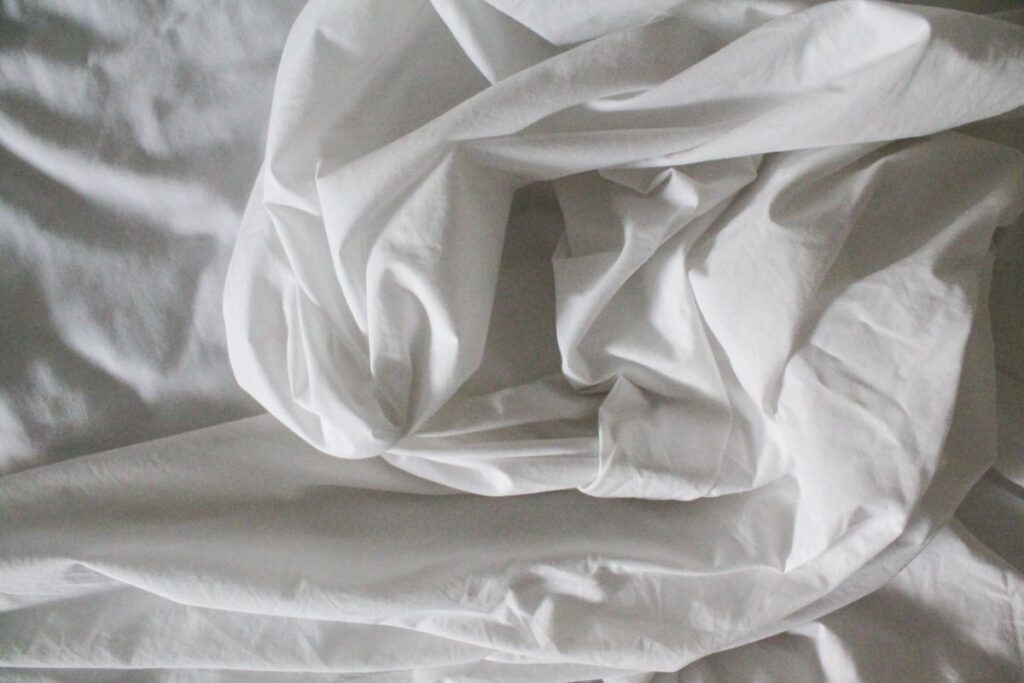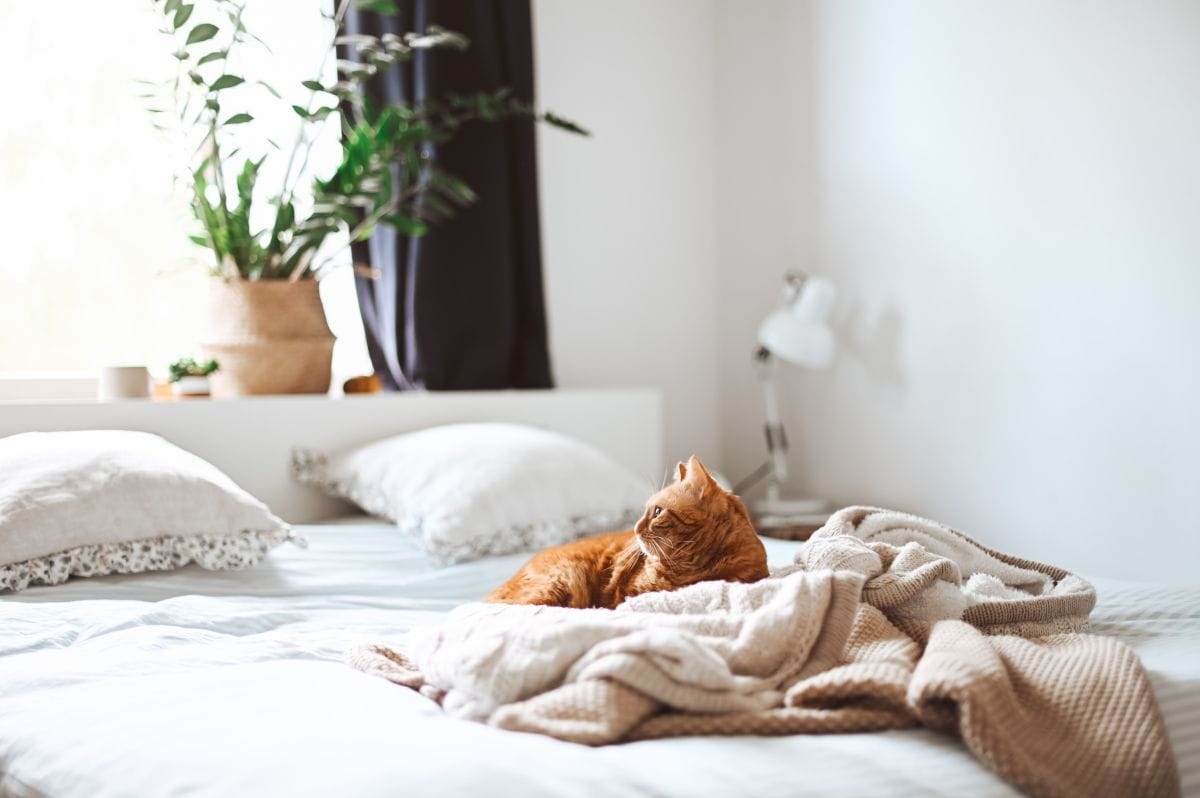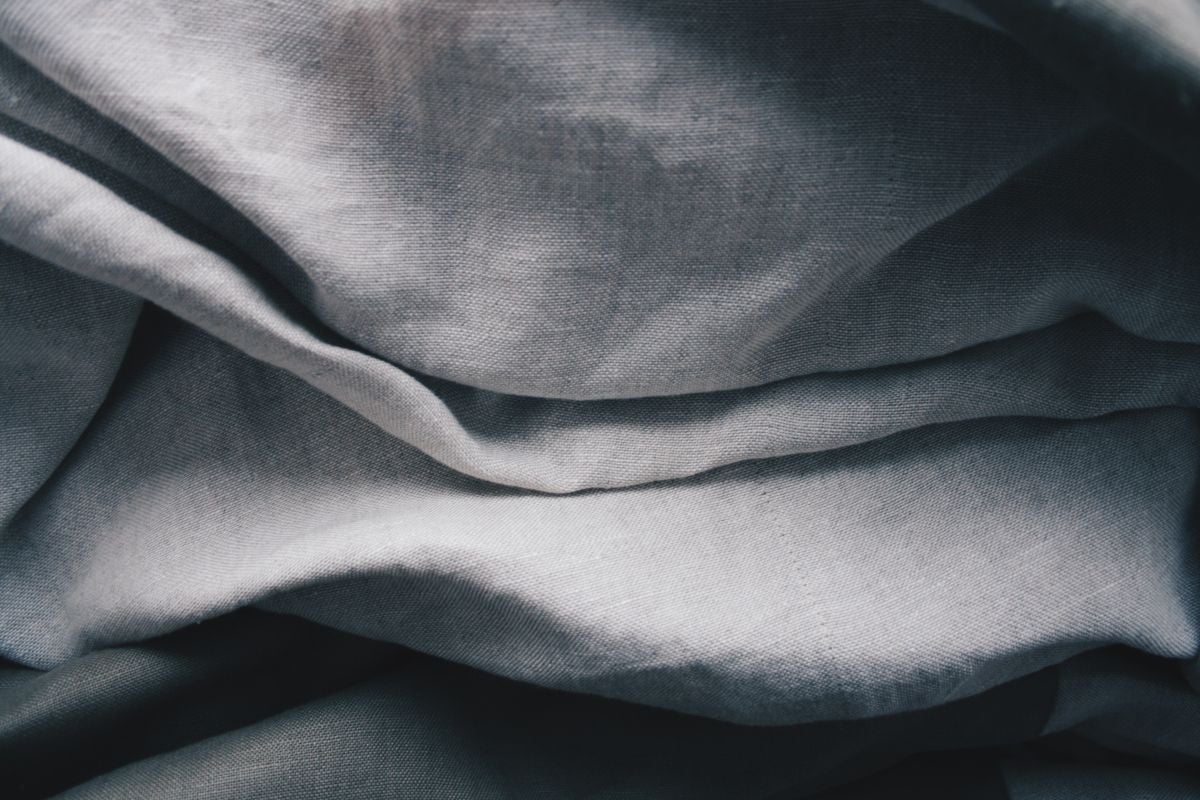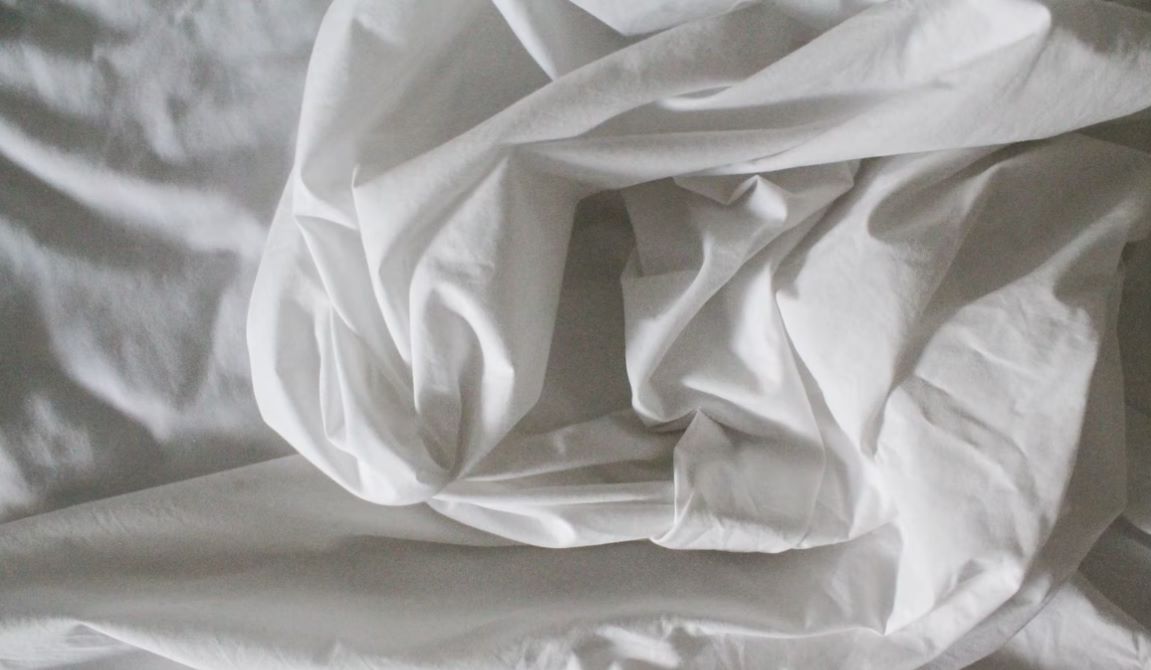Since the late 1800s, viscose fabric, which is known for being both soft and lightweight, has been a common component in many people's wardrobes and homes. Other types of rayon, such as modal, are produced from plants, whereas viscose requires a significant amount of chemical input.
As a result, viscose is less environmentally friendly than other types of rayon, such as modal. The world's source of viscose is trees. Viscose is a stretchy fabric that can be made into a variety of garments, including shirts, skirts, and even coats. It can also be found in upholstered furniture and carpeting, both of which are common in residential settings.
The Origins and Properties of Viscose.
You may be familiar with viscose, often known as Rayon. In the United States, viscose is commonly referred to by this name. But what does it actually mean? One variety of rayon is called viscose. The term "rayon" wasn't officially adopted until 1924; prior to that, the material was more commonly referred to as "artificial silk." The viscous organic liquid that is used in the production of rayon as well as cellophane gave rise to the word "viscose," which is now the name of this type of fiber. What exactly does this mean when translated to English? As a generic term, "viscose" refers to any produced fiber that has been regenerated from cellulose by the viscose process.
It is a manmade kind of regenerated cellulose, therefore it cannot be considered either completely natural (like silk, cotton or wool), nor completely synthetic (like polyester or nylon). Instead, it exists somewhere in the middle of these two extremes. Viscose is a fabric that is not expensive and is widely used since it possesses a variety of desirable properties. It is used in the production of cotton goods, including such opulent fabrics as velvet and taffeta. Additionally, tire cords and feminine hygiene products also contain viscose in their respective formulations.
Viscose is similar to cotton in its chemical composition; but, depending on the manufacturing process, viscose can take on a wide variety of characteristics. So, what exactly is this mysterious fiber that has so many facets? In order to have a complete comprehension of what viscose is and how it is manufactured, it is necessary to first comprehend the components that go into its production.
Viscose is the viscous organic fluid that is recycled into fibers in order to make the fabric. The term "viscose" refers to this organic liquid. The primary component of the walls of plant cells is cellulose, which is where viscose rayon originates. Chemicals are used to cellulose in order to transform it into a fiber that may successfully imitate the properties of natural fibers such as cotton and silk. Viscose fabric frequently has the appearance of silk but has the hand and feel of cotton. The following is a list of some of the most common plants and trees out of which rayon viscose is derived:
- Beech
- Pine
- Sugarcane
- Hemlock
- Eucalyptus
- Soy
- Bamboo
- Spruce
Frequently Asked Questions
It’s neither a synthetic nor a natural fiber. Viscose is a semi-synthetic fiber because it’s derived from a natural source, but needs extensive processing using chemicals.
It’s a manufactured fiber, originating in natural wood cellulose, or protein, while synthetic fibers are completely man-made. There are different ways of manufacturing these semi-synthetic fibers, often referred to as “regenerated cellulose.”
Viscose, modal, and lyocell are all rayon fibers. They all originate from wood pulp. The difference lies in the method of treating them, leading to structural variations in the fiber. Essentially, all rayon fibers are named after the process in which they are treated. So modal, lyocell, and viscose rayon are manufactured using the modal, lyocell, and viscose processes respectively.
Viscose is semi-synthetic, unlike cotton, which is made from a natural, organic material. Viscose is not as durable as cotton, but it’s also lighter and smoother in feel, which some people prefer over cotton. One is not necessarily better than the other, except when you’re talking about durability and longevity.
Viscose has a nice, silky feel, and it drapes nicely. That’s why it’s so popular for clothing. It does have a stretchy feel when it’s combined with spandex, but by itself, it is not a naturally stretchy material.
Because viscose is made from renewable plants, it is frequently cited as environmentally friendly and sustainable. But is this the case? Viscose is the oldest manufactured fibre, first being produced in 1883 as a cheap alternative to silk. Viscose production generally begins with wood pulp, and several chemical and manufacturing techniques exist. This is where some controversy comes into play.
It must be chemically treated to create viscose and make it stand up to regular wear and washing. The recycled wood pulp is treated with chemicals such as caustic soda, ammonia, acetone, and sulphuric acid. We, therefore, have a fabric that comes from a natural and sustainable source but that is made with chemicals.
Because viscose is made from cellulose, it is an argument that it is a more sustainable fibre than other synthetic fibres, such as polyester. Viscose is increasingly being manufactured using the Lyocell process. This uses N-Methylmorpholine N-oxide as the solvent. This method produces few waste products, making it far more eco-friendly.
While many consider the viscose and polyester to be similar, there are a lot of differences between the two materials. Both polyester and rayon are made from long fibers, but polyester is a synthetic fiber, whereas viscose is semi-synthetic, i.e. using natural fibers but chemicals in the process. Polyester is more moisture-wicking while viscose is more absorbent.
- Polyester dries faster and does not wrinkle as easily as viscose.
- Polyester is stronger and does not shrink.
- Viscose is more likely to pill, whereas polyester resists abrasion.
- Polyester is made from oil while viscose is made from plants.
The Process of Creating Viscose.
Wood fibre, bamboo, and seaweed are just a few of the traditional plant materials used to extract cellulose. The first step in the process is to use caustic soda, which is sometimes referred to as sodium hydroxide or lye. When the initial solution is treated with carbon disulfide and diluted with more caustic soda, the thick syrup that served as the product's muse is formed.
The syrup is then pushed through the rotating shower's tiny holes and into a bath of sodium sulphate, zinc sulphate, and watered-down sulfuric acid. There, it is allowed to solidify and transform into nearly pure cellulose fibers. Viscose is produced from the wood pulp of trees such as beech, pine, and eucalyptus; however, bamboo can also be used in its place. Because of the extensive use of chemicals such as carbon disulfide and sodium hydroxide in the production of viscose, the substance is considered to be of a semi-synthetic nature. The production of viscose can be broken down into five stages, which are as follows:
- Brown wood pulp solution is made by chopping up a plant into wood pulp and then dissolving various chemicals into it, such as sodium hydroxide.
- The brown tint of the pulp is then removed by washing, disinfecting, and bleaching it.
- Pulp is prepared with carbon disulfide before being soaked in sodium hydroxide to create the "viscose" solution used in fiber production.
- Regenerated cellulose is manufactured by pumping a viscous solution through a spinneret.
- Knit or woven viscose rayon fabric is produced by processing the regenerated cellulose into yarn.
What makes viscose so special?
Viscose is an excellent option to explore if you're looking for a soft fabric with a decent drape, a lustrous sheen, and a smooth feel. It is more affordable than you might imagine, but it still manages to have an air of sophistication about it. Additionally, it blends well with other fibers including cotton, polyester, and spandex. Viscose is one of the fibers that is considered to be among the most popular since it offers a wide variety of qualities that are considered to be desired. Because of the characteristics it possesses, numerous kinds of companies can use it to manufacture a wide variety of products utilizing their own unique approaches. Viscose is wonderful in many ways, but a few of them are listed here for your convenience:
- Absorbent. T-shirts and athletic clothing made from viscose rayon are ideal because the fabric does not retain heat and also absorbs moisture well.
- Lightweight. Viscose is light and breezy, making it a great choice for summer dresses and blouses.
- Breathable. It's ideal for warm weather wear because it's very lightweight and doesn't cling to the body.
- Soft. The fabric has the appearance of silk but the softness of cotton.
- Maintains Shape. Although the cloth alone is not stretchy, it can be made so by combining it with another material that is.
- Put an end to your life as quickly as possible.
- Viscose has a high capacity to retain dyestuffs, allowing them to remain vibrant even after repeated washings and wearings.
All of them sound quite excellent, however there are some characteristics of viscose that are only marginally more favorable. On the other hand, none of these things are particularly unfavorable. A little more attention during the wearing and cleaning processes will render these characteristics unnecessary.
- It may become smaller after being washed.
- Can develop folds quite easily
- Becomes less desirable with increased exposure to light
- prone to the growth of mold
- When moist, fibers are more likely to become brittle.
The Best Ways to Maintain Your Viscose Garments
Some spot treatments can permanently stain viscose fabrics, so dry cleaning is the recommended care method. When wet, it stretches and also becomes significantly weaker than when dry. In order to prevent any color runoff from occurring, viscose should only ever be washed by hand in cold water. Make use of a gentle detergent, and then rub it into the garment in a gentle manner. Avoid wringing or squeezing the object in order to prevent it from becoming stretched. Rinse the item, then shake off any excess water before hanging it up or laying it out to dry.
Production of Viscose Fabric and Environmental Concerns
Viscose is not a sustainable material because its manufacture requires a lot of water, uses a lot of chemicals, and harms local ecosystems. Before making the decision to buy viscose, there are a few things you should think about first:
Deforestation
Even though the wood used to create viscose can be harvested in a sustainable manner, the majority of the time it does not come from forests that are grown in a sustainable manner, which results in the destruction of massive natural forests and has a negative impact on the ecosystems in the surrounding area.
Dangerous Chemicals
When viscose is manufactured, a significant amount of hazardous chemicals that are harmful to humans and contaminate both air and water are utilized. Emissions of air pollutants in the areas surrounding viscose production facilities include nitrous oxides, sulfur, carbon, hydrogen sulfide and disulfide . Despite the fact that the chemicals can be utilized throughout the production cycle, the method is not ideal. The creation of other varieties of rayon, such as tencel, modal and lyocell, is cleaner.
Water Waste
Viscose production requires a significant amount of water, both for the upkeep of the trees that are used and for the transformation of those trees into the fabric that is ultimately sold. Although the production of viscose has a large environmental impact, it is biodegradable and generated from a renewable resource.
The Fabric Viscose: Often Misunderstood.
Consumers are more likely to pass severe judgment on a material if it is not labeled as "natural," even if they do not have an adequate grasp of the material.
Natural or synthetic, viscose is the most poorly understood fabric there is. It is not a manufactured fiber, nor is it a natural fibre, yet it is neither of the two. Many producers are making significant and encouraging efforts to assure clean manufacturing of viscose as fabric technology develops. The viability of fibers such as viscose is receiving an increasing amount of attention as we make further progress toward our goal of creating an environmentally friendly world.
Viscose is a superb fiber to work with due to the fact that it possesses a number of properties that are highly desirable. Viscose is utilized in a wide variety of fields, including the fashion industry, the medical field, and the production of ordinary household goods. This is due to the material's exceptional adaptability.
Conclusion
Viscose is a versatile fabric that offers a number of distinct benefits. But the manufacturing method could have unfavorable effects on the environment. In response, many businesses are using closed-loop lyocell production methods, which are safer for the environment.
Viscose fabric is recognized for being both soft and lightweight. Viscose is a stretchy fabric that may be fashioned into a wide range of garments. It is used in the production of cotton goods, including such opulent fabrics as velvet and taffeta. Chardonnet silk was created by Hilaire de Chardonnet using celluloid and was the first type of artificial silk. In 1892, viscose was invented by Charles Cross and Edward Bevan.
Viscose fabric frequently has the appearance of silk but has the hand and feel of cotton. Viscose is produced from the wood pulp of trees such as beech, pine, and eucalyptus. Because of the extensive use of chemicals such as carbon disulfide and sodium hydroxide in the production of viscose, the substance is considered to be of a semi-synthetic nature. Viscose rayon has the appearance of silk but the softness of cotton. It's ideal for warm weather wear because it's very lightweight and doesn't cling to the body.
Dry cleaning is the recommended care method, as spot treatments can permanently stain viscose fabrics. When viscose is manufactured, a significant amount of hazardous chemicals that are harmful to humans and contaminate both air and water are utilized. Viscose is utilized in a wide variety of fields, including the fashion industry, medical field, and the production of ordinary household goods.
Content Summary
- Since the late 1800s, the viscose fabric that is known for being both gentle and lightweight has been a common component in many people's wardrobes as well as in their homes.
- The viscose that is used around the world comes from trees.
- Viscose is a stretchy fabric that may be fashioned into a broad variety of clothes, such as shirts, skirts, and even coats. Viscose can be found in both natural and synthetic forms.
- You have probably heard of viscose, which is more commonly referred to as rayon. This is the name that people in the United States most frequently use to refer to viscose.
- The term "viscose" can be used to refer to any manufactured fiber that has been regenerated from cellulose using the viscose process. This is because "viscose" is a generic term.
- Viscose is a type of fabric that is not very expensive and has a wide range of applications as a result of the many good features it possesses.
- The first sort of artificial silk was called Chardonnet silk, and it was invented by Hilaire de Chardonnet out of celluloid. Chardonnet silk was the first type of artificial silk.
- In order to produce the fabric, a viscous organic fluid called viscose is recycled into fibers. These fibers are then used to make the fabric.
- In order to change cellulose into a fiber that can successfully simulate the qualities of natural fibers such as cotton and silk, cellulose is treated with chemicals. The end result of this process is a fiber.
- Fabric made of viscose typically has the look and feel of silk, but the hand and texture are more like cotton.
- When viscose is manufactured, a number of different chemicals, including carbon disulfide and sodium hydroxide, are used in significant quantities. As a result of this, the substance is considered to be of a semi-synthetic origin.
- Processing the regenerated cellulose into yarn is the first step in creating viscose rayon fabric, which can then be knitted or woven.
- One of the fibers that is seen as being among the most popular is viscose. This is due to the fact that viscose possesses a wide range of characteristics that are regarded as being desirable.
- Absorbent because the fabric does not trap heat and is also very good at absorbing moisture, viscose rayon is an excellent choice for the construction of T-shirts and sporting gear.
- Since viscose is a lightweight fabric that allows for easy airflow, it is an excellent option for summer blouses and dresses.
- Because it is so very lightweight and does not stick to the body in any way, it is perfect for wearing in warm weather.
- Viscose has a great capacity to retain dyestuffs, which enables the colors to keep their brilliant appearance even after being washed and worn multiple times.
- Because certain spot treatments have the potential to permanently stain viscose materials, the best method of care for these fabrics is dry washing.
- When washing viscose, you should only ever use cold water and do so by hand. This will help avoid any color runoff from occuring.
- After giving the item a quick rinse, you should either hang it up or lay it out to dry so that the extra water can drip out.
- During the production of viscose, a substantial number of dangerous chemicals that are toxic to humans and pollute both the air and the water are used. These chemicals also contaminate the environment.
- Although the manufacturing of viscose has a significant impact on the environment, the end product is biodegradable and made from a material that is infinitely renewable.
- Viscose, whether it is made from natural or synthetic sources, is the material about which the least is known.
- It is neither an artificially produced fiber nor a natural fiber; rather, it is neither of the two types of fibers.
- As the technology for textiles advances, a number of manufacturers are making considerable and encouraging efforts to ensure the manufacturing of viscose in a clean environment.
- Viscose is a fantastic fabric to deal with due to the fact that it features a number of characteristics that are regarded as being among the most desirable of all possible characteristics.
- Viscose is a versatile material that finds application in many different industries, such as the clothing business, the medical industry, and the manufacturing of common household goods.
- Viscose is a fabric that may be used in a variety of different ways and offers a variety of distinct benefits.
- In response, a significant number of companies have begun employing closed-loop lyocell production technologies, which are friendlier to the environment.



